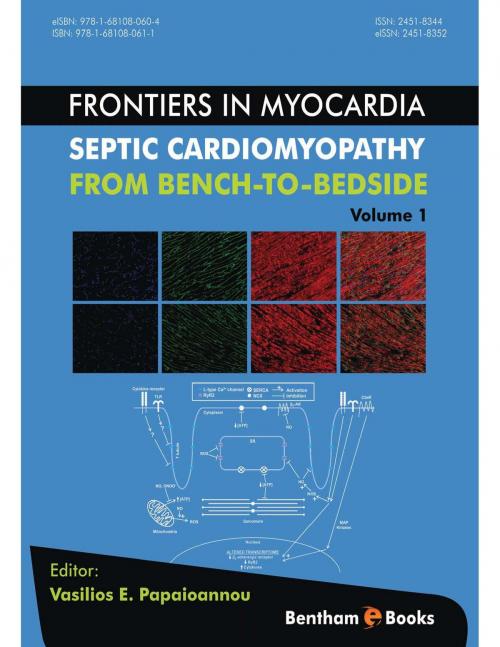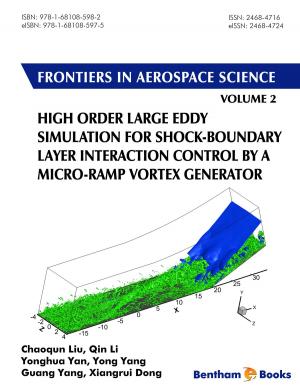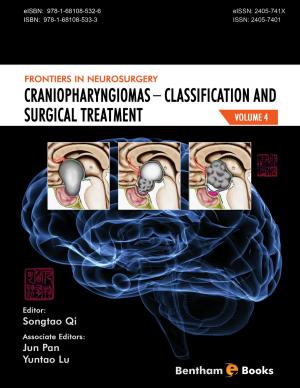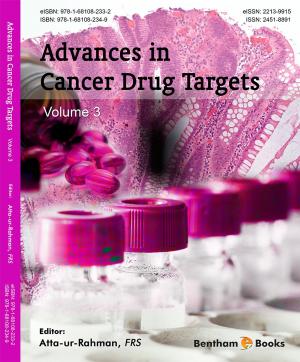Frontiers in Myocardia Volume: 1
Nonfiction, Health & Well Being, Medical, Specialties, Internal Medicine, Cardiology| Author: | Vasilios E. Papaioannou | ISBN: | 9781681080604 |
| Publisher: | Bentham Science Publishers | Publication: | July 14, 2015 |
| Imprint: | Language: | English |
| Author: | Vasilios E. Papaioannou |
| ISBN: | 9781681080604 |
| Publisher: | Bentham Science Publishers |
| Publication: | July 14, 2015 |
| Imprint: | |
| Language: | English |
Frontiers in Myocardia is an eBook series which compiles information about the structure and function of myocardial (the heart muscles) and includes updated reviews on the recent developments in the treatment of associated diseases such as angina, cardiac arrhythmias and myocardial infarction. Advances in research on clinical sepsis in the last few decades have lead to the use of new concepts and treatment paradigms that have been tested and implemented in the clinical setting of Intensive Care Units around the world. An integrative approach towards understanding the pathophysiology of cardiac dysfunction in septic patients can, therefore, lead to better patient outcomes. The first volume of this series, Septic Cardiomyopathy: from bench-to-bedside, integrates new and old information about the molecular mechanisms, histopathological and electrophysiological alterations with novel findings for diagnosing treating septic cardiomyopathy. This eBook attempts to bridge the gap between basic and clinical scientists and presents new data on different aspects of cardiac physiology during critical illness in a single volume. Chapters in this volume also cover cardiovascular changes that occur as a consequence of sepsis including metabolic, mitochondrial arrhythmic changes. This eBook will add significant value to medical students, cardiac physicians and medical scientists engaged in the field of critical care medicine.
Frontiers in Myocardia is an eBook series which compiles information about the structure and function of myocardial (the heart muscles) and includes updated reviews on the recent developments in the treatment of associated diseases such as angina, cardiac arrhythmias and myocardial infarction. Advances in research on clinical sepsis in the last few decades have lead to the use of new concepts and treatment paradigms that have been tested and implemented in the clinical setting of Intensive Care Units around the world. An integrative approach towards understanding the pathophysiology of cardiac dysfunction in septic patients can, therefore, lead to better patient outcomes. The first volume of this series, Septic Cardiomyopathy: from bench-to-bedside, integrates new and old information about the molecular mechanisms, histopathological and electrophysiological alterations with novel findings for diagnosing treating septic cardiomyopathy. This eBook attempts to bridge the gap between basic and clinical scientists and presents new data on different aspects of cardiac physiology during critical illness in a single volume. Chapters in this volume also cover cardiovascular changes that occur as a consequence of sepsis including metabolic, mitochondrial arrhythmic changes. This eBook will add significant value to medical students, cardiac physicians and medical scientists engaged in the field of critical care medicine.















